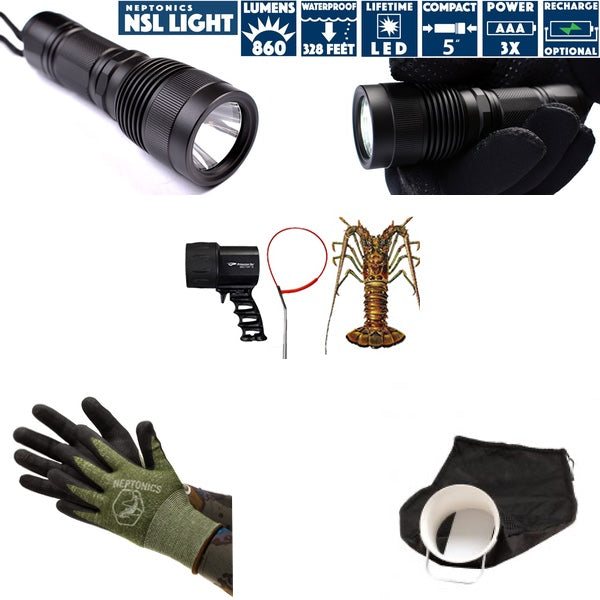
Picking Lobster Gear For Your Trip
Lobstering is a time honored tradition all over the world. The technology and equipment used have dramatically improved over the past century, and having the right gear can give you the edge you need to catch lobsters (or crayfish if you are from Australia).
Lobster Bags
A lobster bag is an often overlooked piece of equipment that may be one of the most important elements to catching lobster. A good lobster bag is how you keep the lobster once you catch it. Rather than returning to the boat after getting your hands on every lobster, just use a solid bag to hold them. There are a couple different lobster bag options. There are Heavy Duty Lobster bags that have one way entries to make sure you can put your entire limit in without any lobster escaping. These are one of the best pieces of lobster gear out there.
Traditional Catch Bags
Traditional catch bags are also a good option. The benefit to the traditional catch bag is that it can be used for more than just lobster. Traditional catch bags are great if you can get both lobster and fish on the same dive. These catch bags can also be great for other activities, like catching scallops, chumming, or picking up trash on dives. Catch bags are even great for transporting smaller amounts of dive gear.
Mutiny Lobster Bag
Another option is the Mutiny Lobster Bag, which acts as a belt with a quick release. You can easily stuff lobsters in a net-like apron that is around your waist. The quick release is easy to use in case the net gets caught up on the reef.
Lobster Snares
Grabbing lobsters by hand is hard. The best way to catch lobster while freediving is with a lobster snare. There are several types of lobster snares on the market. There are lobster snares that act like lassos which you manually pull shut which work great. They are sturdy, and easy to use. There are also spring loaded lobster snares that automatically shut. These are also very popular. Both are good options for pulling lobsters out of holes. They both work on the same principle of getting the loop behind the lobster and getting the lobster to walk back into the loop. Once that has happened, the lobster is easily puled out of the rocks.
Gloves
Gloves are easily the most important piece of equipment for lobstering. It is difficult to express how important a sturdy set of gloves are for keeping your hands from getting cut. Lobster are sharp and do everything they can to slip away. Lobster also tend to be in rocks and around coral. A good pair of gloves is important to keeping your hands intact.
Flashlight and Gauges
Lobster hide under ledges and in holes. That makes a quality flashlight important to finding these critters in their environment. Some divers prefer a streamlined and bright light to easily maneuver around under the ledges. Other divers prefer a larger light. It all comes down to personal preference. A great addition to a quality dive light to help with lobstering is to add a Mutiny Lobster Gauge to the light. With the adjustable hose clamp, these lobster gauges are easily put onto any light head from one inch diameter to a five inch diameter.
